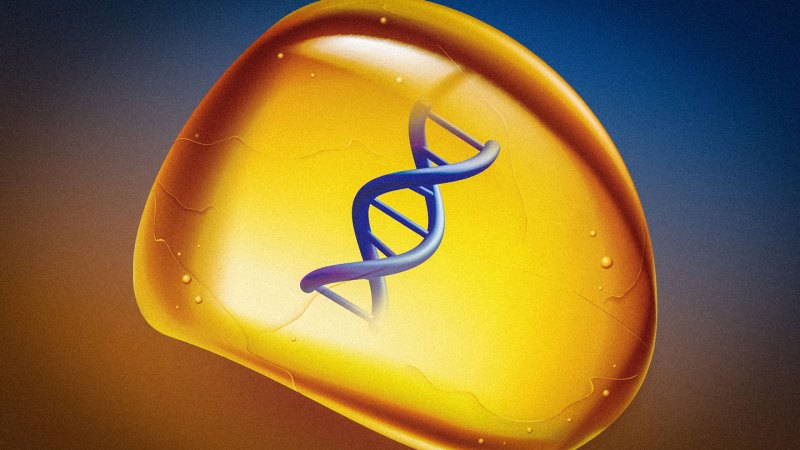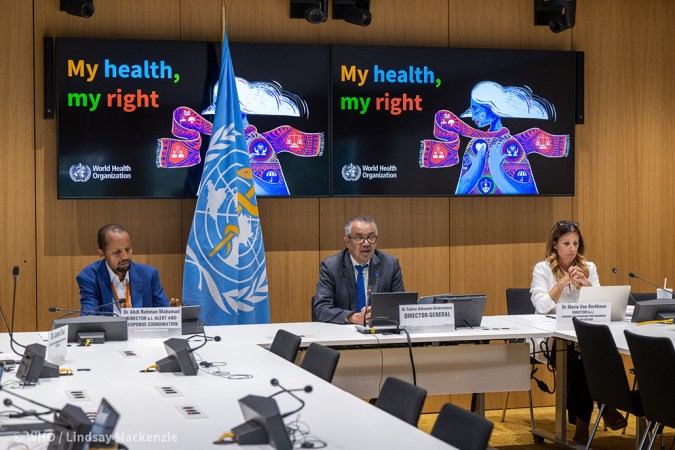Sometimes science fiction does inspire science research. À la Jurassic Park’s entombed mosquito, scientists have developed a method to store DNA in an amberlike material and still extract it easily hours later. This storage method is cheaper and faster than existing options, the researchers report in the June Journal of the American Chemical Society. If […]
Author: houssem23
The world’s record-breaking heat has lasted 14 months. When will it end?
In its latest global climate report, the National Oceanic and Atmospheric Administration confirmed that July was the 14th straight month of record-breaking heat. That, in and of itself, is a new record. In the last 175 years, there has been only one other hot streak that comes close in terms of longevity. According to NOAA, […]
Why mpox is a global health emergency — again
For the second time, the World Health Organization has declared that mpox, formerly called monkeypox, is a global health emergency. In 2022, global spread of the virus, which causes rashes, fevers, muscle aches and other symptoms, led to the first emergency declaration (SN: 7/22/22). That version of the virus, called clade II, is still causing […]
More than 4 billion people may not have access to clean water
Access to clean water is a human right — one that half of the world may not have. Out of the roughly 8 billion people on Earth, more than 4.4 billion lack access to safely managed drinking water, researchers report August 15 in Science. The estimate, based on computer simulations of data from low- and […]
Astronauts actually get stuck in space all the time
Imagine going on a weeklong business trip and not coming home until the following year. That may be the situation for U.S. astronauts Sunita Williams and Butch Wilmore, whose eight-day mission to the International Space Station has already stretched to more than two months and is likely to go even longer. The pair launched to […]
Expanding antibiotic treatment in sub-Saharan Africa could save kids’ lives
In some parts of sub-Saharan Africa, nearly 10 percent of children die before they turn 5 years old (SN: 8/3/22); in 2022 alone, around 2.8 million young children died in the entire region. Most are dying from pneumonia, diarrhea or malaria — diseases that can be treated with antibiotics. But prescribing antibiotics to all children […]
Dark matter experiments get a first peek at the ‘neutrino fog’
The neutrino “fog” is beginning to materialize. Lightweight subatomic particles called neutrinos have begun elbowing their way into the data of experiments not designed to spot them. Two experiments, built to detect particles of dark matter, have caught initial glimpses of neutrinos born in the sun, physicists report. “That’s a triumph,” says neutrino physicist Kate […]
Paper cut physics pinpoints the most hazardous types of paper
Any way you slice it, a paper cut is painful. Magazines, letters and books harbor a devious potential for minor self-induced agony. But other types of paper — like thin tissue paper or the thicker stuff used for postcards — are less likely to offend. Scientists have now explained the physics behind why some paper […]
People with food and other allergies have a new way to treat severe reactions
Soon people will be able to subdue a severe allergic reaction with a nasal spray instead of an injection. On August 9, the U.S. Food and Drug Administration approved the first epinephrine nasal spray for the treatment of severe allergic reactions, including anaphylaxis, in adults and kids who weigh 30 kilograms or more. Called neffy, […]
The possibilities for dark matter have just shrunk — by a lot
Scientists have just slashed the potential hiding spaces for dark matter particles. The LUX-ZEPLIN, or LZ, experiment has searched for and ruled out the existence of dark matter particles with a wide swath of properties, researchers report August 26 at two conferences. Dark matter is a substance whose influence can be seen on the scale […]









